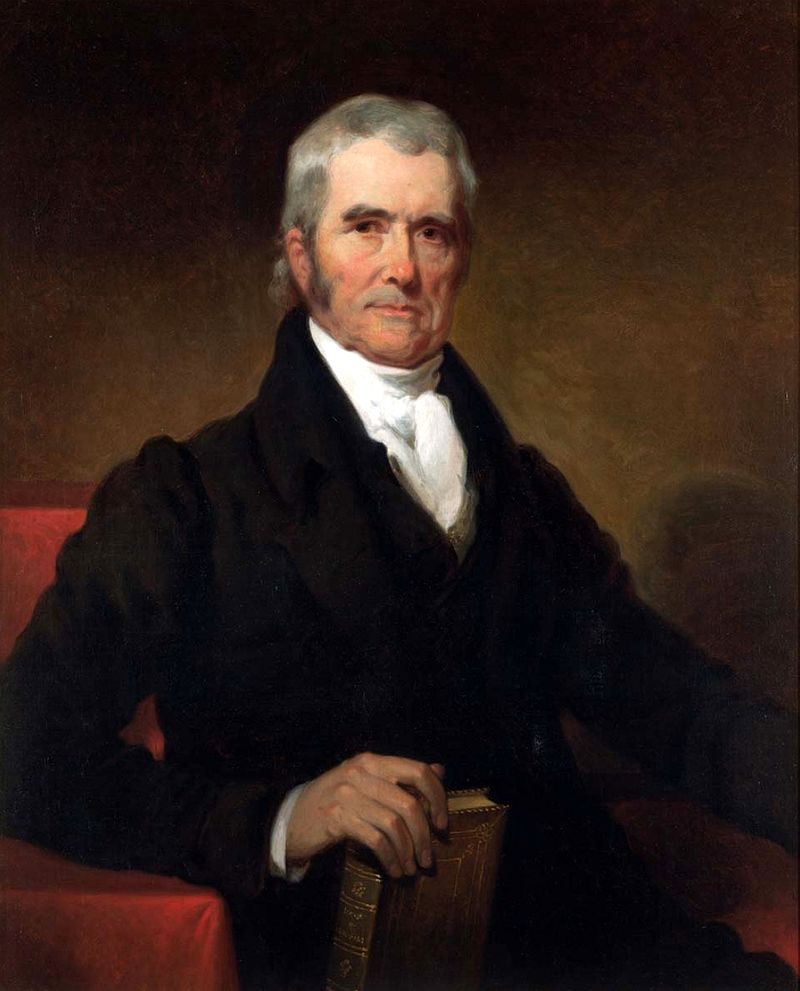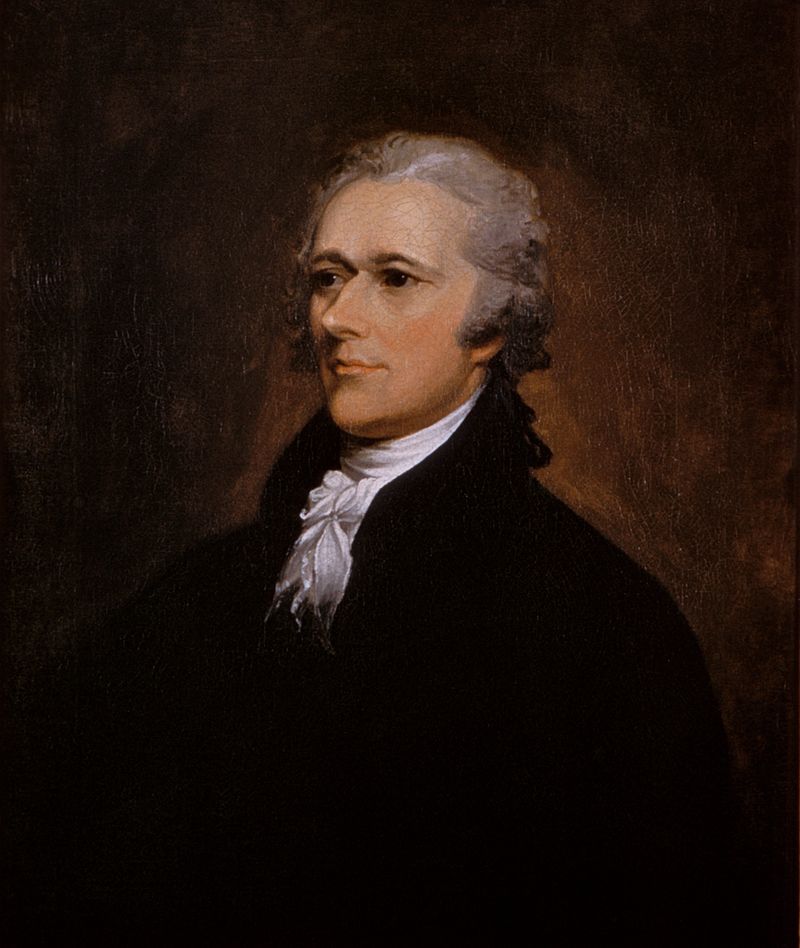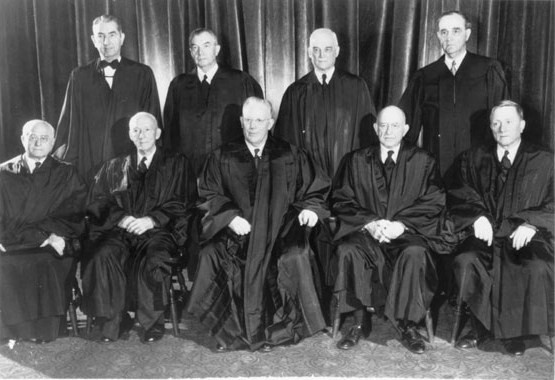Originally published by Elizabeth Bolles.

Justice John Marshall was the first to flex SCOTUS’s Judicial Review muscle.
There is a commonly held, but incorrect, belief that Judicial Review in the United States began with Marbury v. Madison, 5 U.S. (1 Cranch) 137 (1803). While this ruling marked the first time the Supreme Court held a law passed by Congress to be unconstitutional, the roots of Judicial Review in our land go even deeper, stemming beyond the Constitutional Convention, beyond Federalist No. 78, and even beyond 18th century British colonization in North America.
Jamestown, the first successful, permanent British settlement in North America, was established by the Virginia Company of London in 1607. Puritan separatists landed near Plymouth Rock in 1620. Judicial review existed in some form or another in 17th century England until William of Orange overthrew James II in 1688, but remained in the collective consciousness of the geographically separate North American colonists. By the time the Constitutional Convention rolled around in 1787, a majority of the newly formed states had already witnessed the power of Judicial Review exercised by their own supreme courts.

Despite dying in Greenwich Village in 1804, Alexander Hamilton can now be seen nightly on Broadway.
Though the Federalists and the Anti-Federalists argued over the level of power the Federal Judiciary should be able to wield over the co-equal Executive and Legislative branches, the record is clear that Judicial Review was a foregone conclusion on both sides, and the question was one of limitation. Jefferson fretted that the Judicial Branch would become the ultimate arbiters of what is or is not Constitutional, and would rule like oligarchs. Hamilton argued that the Judiciary was the weakest branch, and that its existence would ensure its own continued weakness by encouraging the Legislative and Executive Branches to preemptively conform their works to Constitutional restraints.

The 1953 Warren Court attempted to desegregate American schools through its Brown ruling.
While concern has always existed that judges would be able to enforce the opinions of a tyrannical minority, some scholars argue that centuries of Congressional intransigence has been offset by the Judiciary’s ability to apply majority consensus to the laws of the land when the other branches are unable to act. One example of this is Brown v. Board of Education of Topeka, 347 U.S. 483 (1954), which aimed to desegregate American public schools. Majority opinion within the nation supported desegregation, but political considerations hamstrung both Congress and the President.
Learn more:
- Corrina Barrett Lain, Upside-Down Judicial Review, 101 Georgetown L.J., 113 (2012).
- Saikrishna B. Prakash and John C. Yoo, The Origins of Judicial Review, University of Chicago Law Review 70 U. Chi. L. Rev., 887 (2003).
- Federalist No. 78.
Curated by Texas Bar Today. Follow us on Twitter @texasbartoday.
from Texas Bar Today https://ift.tt/2sb35S1
via Abogado Aly Website
No comments:
Post a Comment